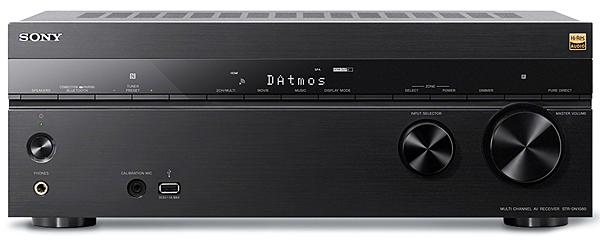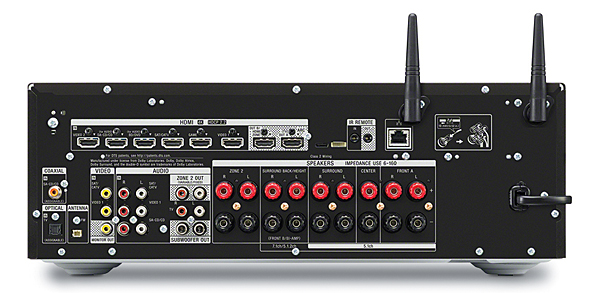I have question.. all sony STR DN-XXXX models takes 240 wattage from "wall" and all of them output over twice that..
Seven channels driven continuously into 8-ohm loads:
0.1% distortion at 64.4 watts 1% distortion at 75.5 watts
Isnt 7 x 64w or 75w much over 240w ?
Could someone tell me how's this possible ? I mean Marantz 7011 takes 710w from wall and not even nearly output that same amount with same calculation
Have Sony invented solution for future coming energy crisis ? Could Sony sell me psu what takes 10w from wall and output is something like 1000w ? i could use it to keep my home warm...








































































